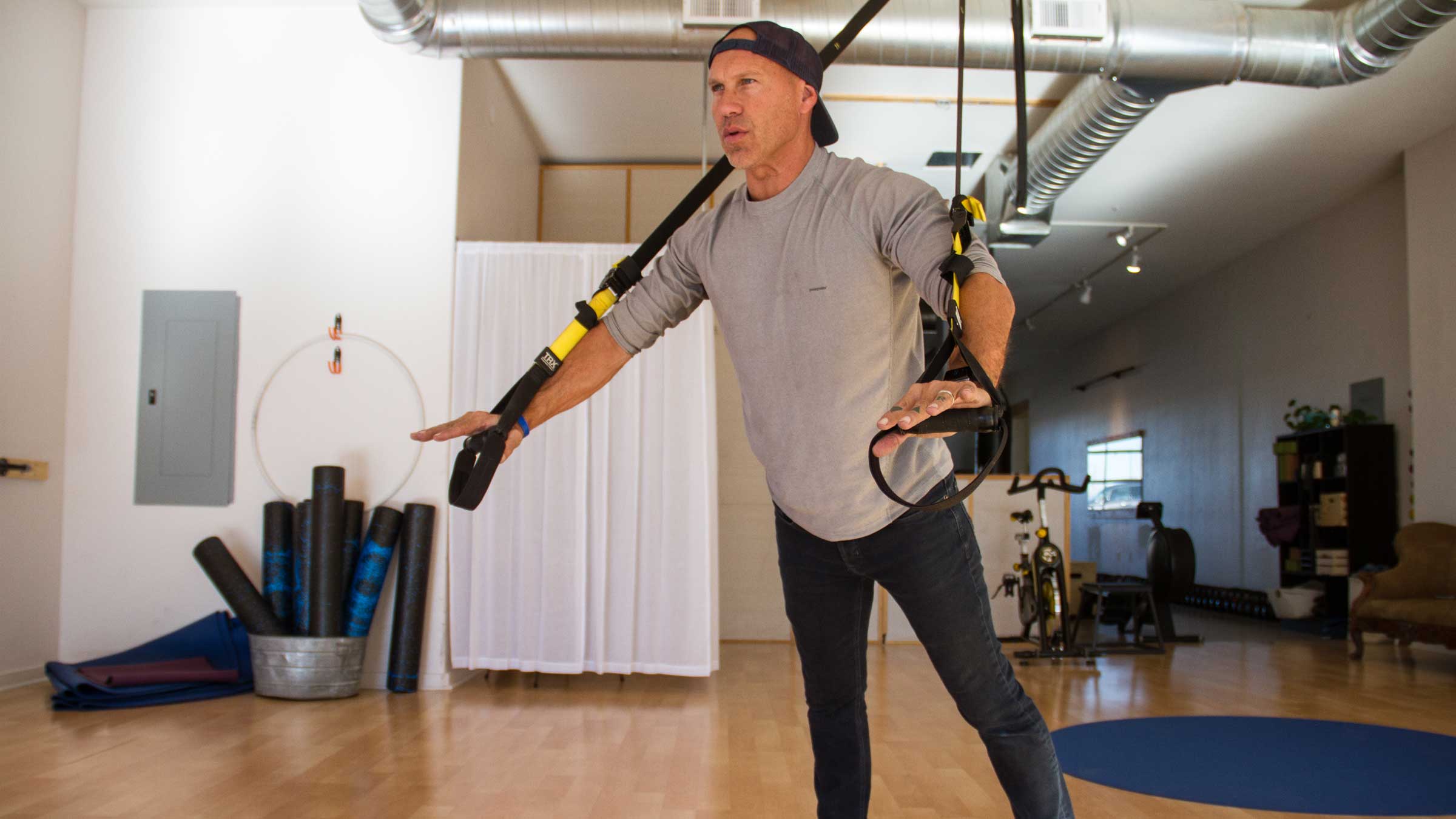Staying fit and healthy is a priority for many people in the United Kingdom, and resistance bands have become an increasingly popular tool to help achieve fitness goals. Whether you’re a seasoned gym-goer or just starting your fitness journey, resistance bands offer a versatile and effective way to enhance your workouts. In this blog, we’ll explore the benefits of using resistance bands in the UK, how to choose the right ones, and some great exercises to get you started.
Why Choose Resistance Bands?
Resistance bands are flexible, portable, and adaptable, making them an excellent choice for people of all fitness levels. Here are some reasons why resistance bands have gained popularity in the UK:
- Versatility: Resistance bands can be used for various exercises, including strength training, stretching, and mobility work. They can mimic the movements of free weights and machines, making them suitable for a wide range of workouts.
- Compact and Portable: Whether you live in a bustling city like London or a picturesque countryside town, resistance bands are easy to transport. You can take them to the gym, use them at home, or even pack them for outdoor workouts.
- Affordability: High-quality resistance bands are cost-effective and can be a great alternative to purchasing expensive gym equipment. In the UK, where gym memberships and equipment can be pricey, resistance bands provide a budget-friendly solution.
- Adjustable Resistance: Resistance bands come in various levels of resistance, from light to heavy. This means you can customize your workout intensity to match your fitness level and gradually increase the challenge as you get stronger.
Choosing the Right Resistance Bands
When selecting resistance bands in the UK, consider the following factors:
- Resistance Level: Choose bands with different resistance levels to cater to your workout needs. Light resistance bands are ideal for beginners, while heavy bands provide more challenge for advanced users.
- Material: Latex and fabric bands are popular options. Latex bands are more durable and provide a wider range of resistance levels, while fabric bands are comfortable and less likely to roll up during exercises.
- Length and Width: Longer bands are better for full-body exercises, while shorter bands are suitable for upper body workouts. The width of the band can also affect the resistance.
- Handles and Accessories: Some resistance bands come with handles or attachments, which can be useful for specific exercises. Handles offer a secure grip, while ankle straps enable lower body workouts.
Effective Resistance Band Exercises
Here are a few effective resistance band exercises that you can incorporate into your UK fitness routine:
- Banded Squats: Place the band just above your knees and perform squats to engage your glutes and thighs.
- Bicep Curls: Step on the middle of the band and curl it up for a challenging arm workout.
- Seated Rows: Secure the band to a stable anchor, sit with your legs extended, and pull the band towards your torso to work your back muscles.
- Lateral Leg Raises: Attach the band to your ankle and perform side leg raises to target your hip abductors.
- Resistance Band Push-Ups: Place the band around your back and hold the ends in your hands while doing push-ups to add extra resistance.
- Triceps Extensions: Step on one end of the band and hold the other end behind your back to perform triceps extensions.
Conclusion
Resistance bands are a valuable fitness tool for people across the United Kingdom, offering versatility, affordability, and adaptability. Whether you’re working out in a bustling city or the tranquil countryside, resistance bands can help you achieve your fitness goals. So, if you’re looking for a cost-effective and efficient way to get fit and strong, consider adding resistance bands to your fitness routine and enjoy the benefits they offer to your health and well-being.


Leave a Reply